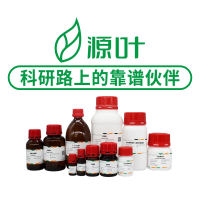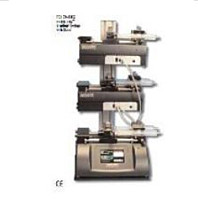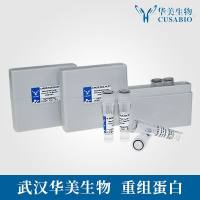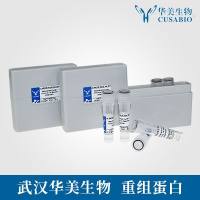Expression and Delivery of Heterologous Antigens Using Lactic Acid Bacteria
互联网
互联网
相关产品推荐
![DKFZ-PSMA-11,4,6,12,19-Tetraazadocosane-1,3,7-tricarboxylic acid, 22-[3-[[[2-[[[5-(2-carboxyethyl)-2-hydroxyphenyl]methyl](carboxymethyl)amin](https://img1.dxycdn.com/p/s14/2025/1009/171/0405943971658126791.jpg!wh200)
DKFZ-PSMA-11,4,6,12,19-Tetraazadocosane-1,3,7-tricarboxylic acid, 22-[3-[[[2-[[[5-(2-carboxyethyl)-2-hydroxyphenyl]methyl](carboxymethyl)amin
¥1530

单宁酸溶液;1401-55-4;25 grams + 100 mL Waterfor Direct Count for Bacteria, Yeast, and Mold;V32785-50ml
¥205

Mixture/Dose Delivery System
¥90000

CD74/CD74蛋白/(HLA-DR antigens-associated invariant chain)(Ia antigen-associated invariant chain)(Ii)(CD antigen CD74)蛋白/Recombinant Human HLA class II histocompatibility antigen gamma chain (CD74), partial (Active)重组蛋白
¥69

Recombinant-Lactobacillus-plantarum-DL-lactic-acid-transporter-larDlarD; glpF1; lp_0108; D/L-lactic acid transporter; Lactate racemization operon protein LarD; Lactic acid channel
¥10892

